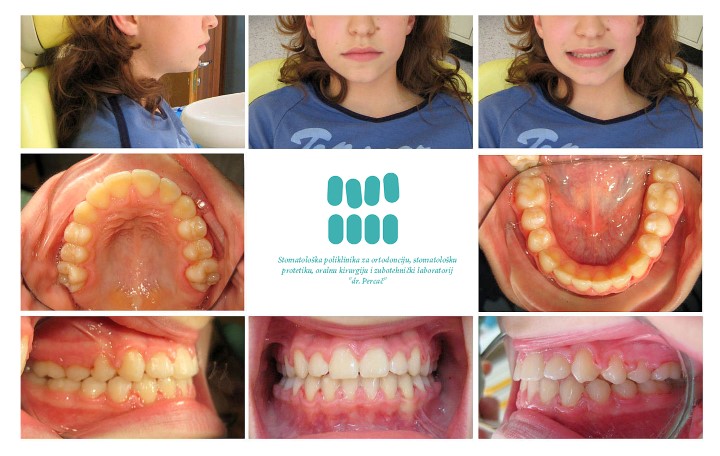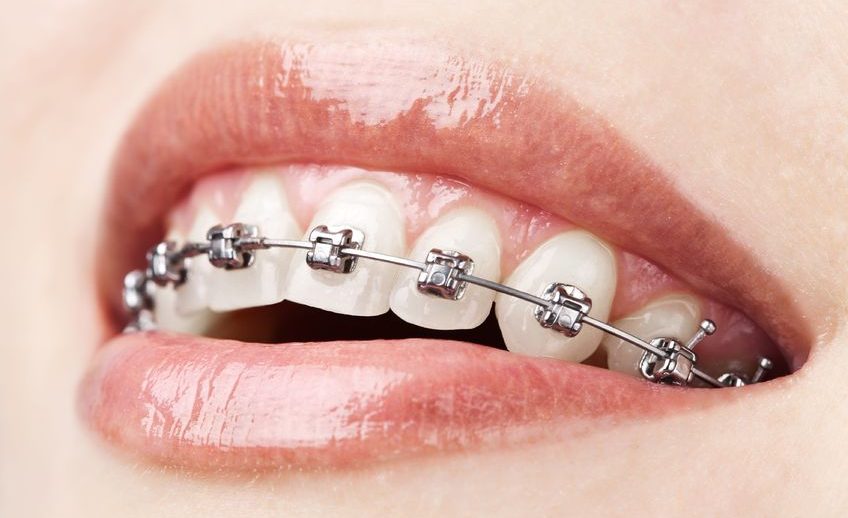Orthodontics Orthodontics is the branch of dental medicine that deals with the prevention and treatment of irregular positioning of teeth, and the irregular relation between the upper and lower teeth and jaws. The aim of orthodontics is, beside the aesthetics and creating a nice look, to establish of a correct position of the upper and the lower teeth, which allows quality chewing and permanent function of the jaw joint and chewing muscles.
The contemporary concept of orthodontic treatment includes:
- Application of one of the self-ligating bracket system – we use Damon 3 system www.damonsystem.com, quick system www.forestadent.com or the fully aesthetic brackets innovation www.gacintl.com
- Including the second molars in the braces (as a standard, only recently all molars are included in the treatment, which renders much better results, and to a eliminates the need for extraction of permanent teeth to a greater extent)
- Use of the top quality archwires as a force generator
- Stabilization and maximal securing of the obtained results: by sticking a fixed retainer and by making a transparent foil that the patient removes by himself/herself
The first examination with an orthodontic specialist should be done around the age of eight, when smaller irregularities can be corrected by simple interventions and possible future irregularities can be predicted. At that age it is possible to detect inappropriate habits (breathing on the mouth, thumb sucking, lower lip biting) and to eliminate their consequences. In the modern orthodontics most of the teeth and jaw malocclusions will be solved after the emergence of all permanent teeth (between 10th and 13th year of age) with a fixed orthodontic appliance. Such approach reduces the treatment to an average of 15 months.
Adult patients treatment
The adult patients are considered those which have completed their growth and development of the nervous system (about 21st year of age). The fixed appliance provides a high quality therapy after this age as well.
Orthodontic preparation of patients for the prosthetic therapy
The goal is to set the teeth to the desired position when there is partial loss of teeth. With a partial loss of teeth, during the years the remaining teeth in the jaw tilt to the free space. To create a fixed bridge, the teeth need to be grinded and brought to a parallel position to each other to a certain extent. The tilted teeth need to be grinded more which can lead to opening the dental pulp (nerve) and to the need for the treatment of such a tooth. Situation is different with a partial loss of teeth, and some of the remaining teeth are already in the wrong position. Then the free space can be used for the positioning of the wrongly positioned teeth. Furthermore, solving the wrong positioning of the front teeth with crowns is aesthetically unsatisfying solution, because usually the narrow space that caused the improper position of the teeth does not allow us to make incisors that are wide enough.
MyClear Brace
MyClearBrace are transparent, extremely comfortable and effective dental braces which provide fast results. By using MyClearBrace dental braces, a number of clients who were not interested in fixed dental braces treatment, can now easily achieve the smiles of their dreams.
Characteristics of the MyClearBrace dental braces:
- completely invisible dental braces
- made of especially durable and transparent plastic
- in distinction to the conventional appliances does not contain metal
- uses 3D technology and computer modelling to get insight into the future result
- at wearing they are invisible
- comfortable and practical
- made of soft, durable plastic, so that moving of the teeth occurs with the use of much lighter forces
- in distinction to the usual fixed dental braces, it is easy to take them out when eating or brushing your teeth whenever is necessary
- it can be simply removed and stored in its box.
Instructions for patients
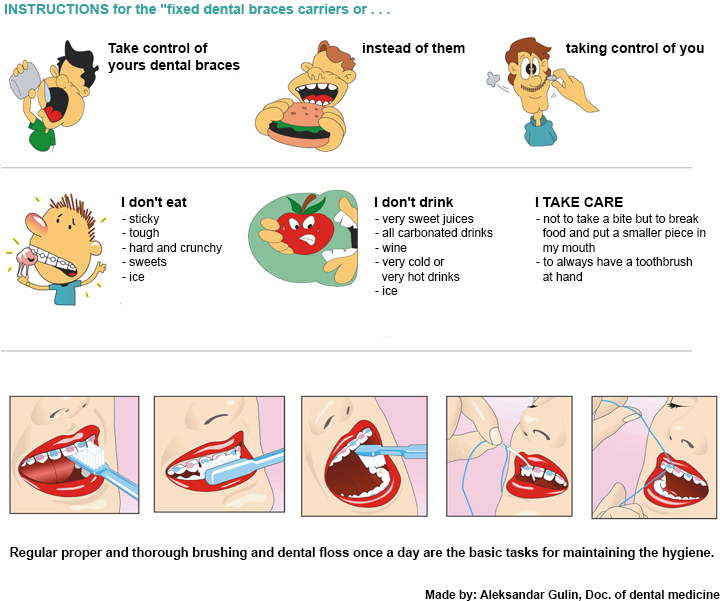
Ortho-quiz
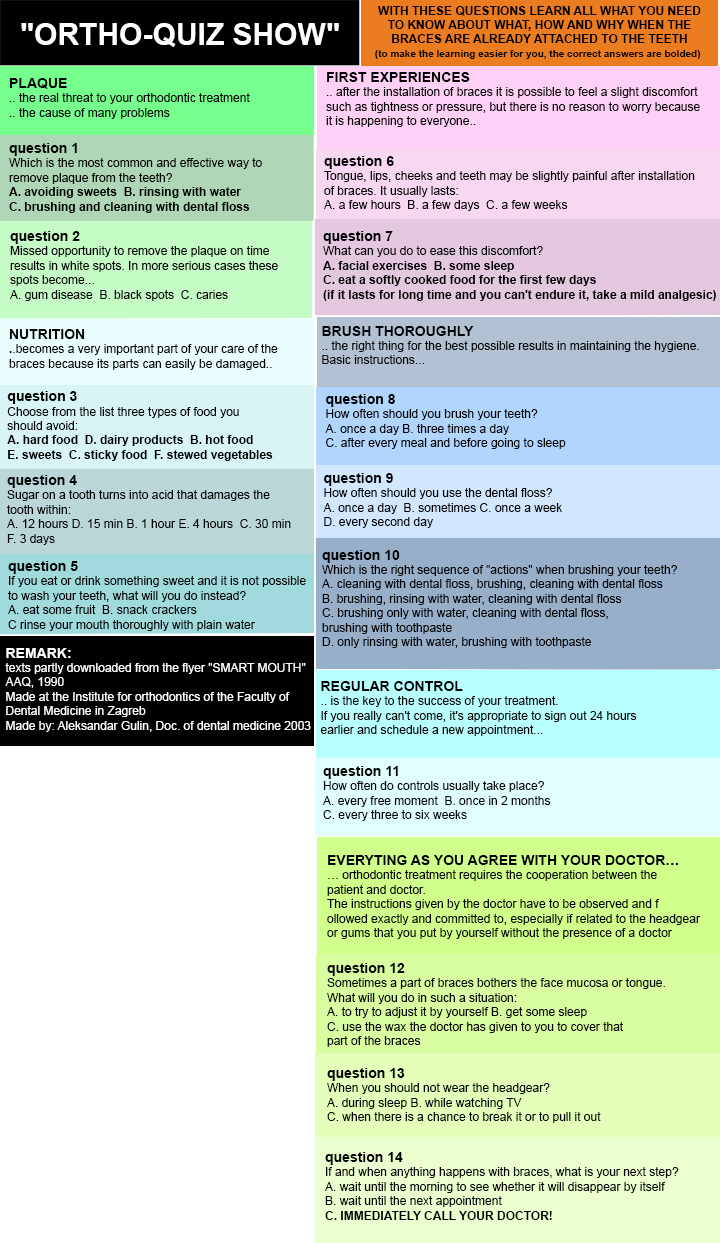
Case studies
- Class I
- Class II/1
- Class II/2
- Secondary compression of the class II
- Irregularity of the class III
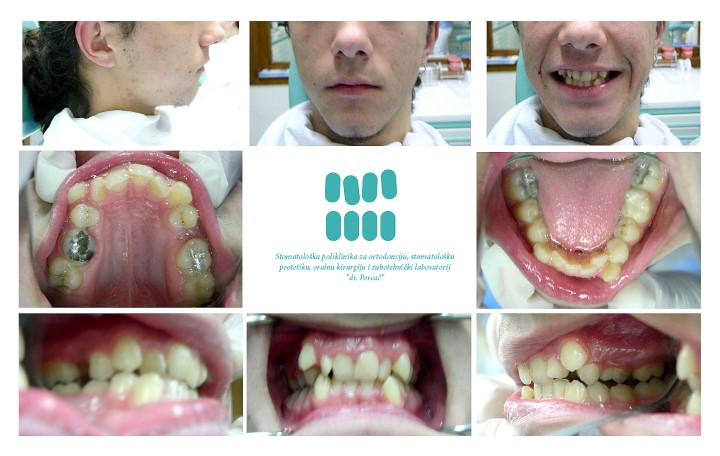
After
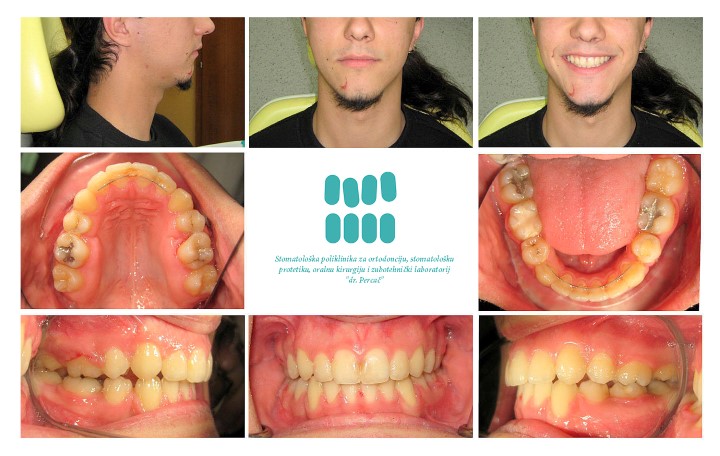
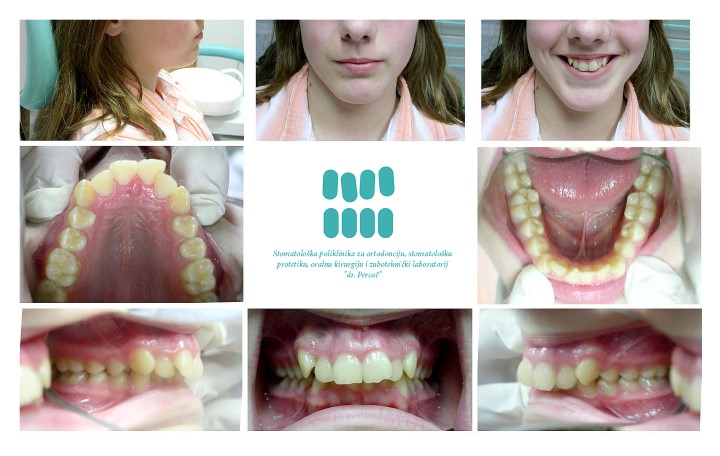
After
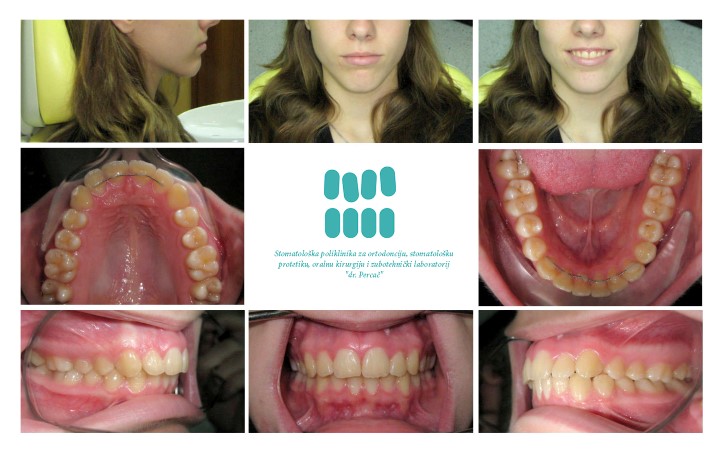
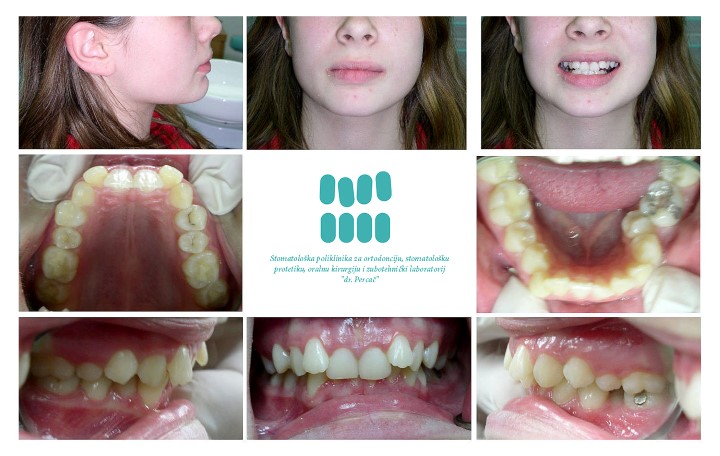
After
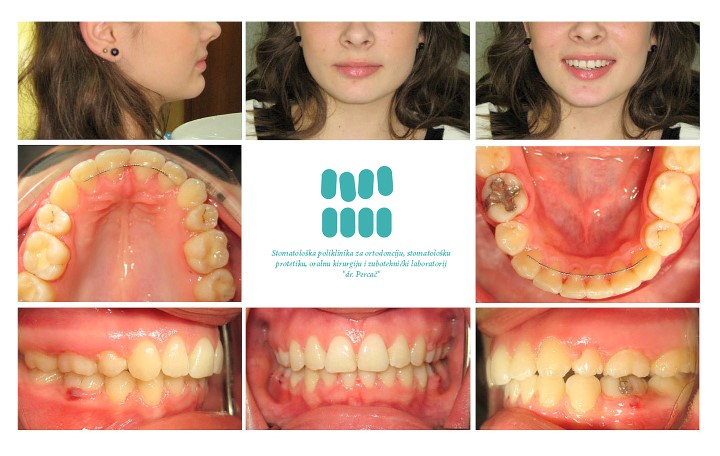
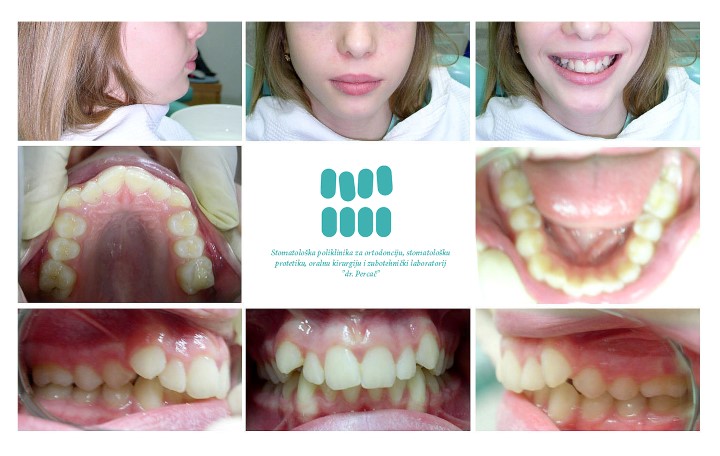
After
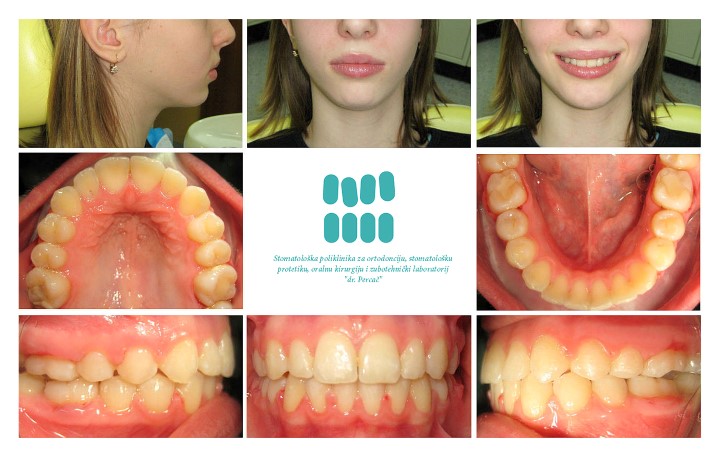
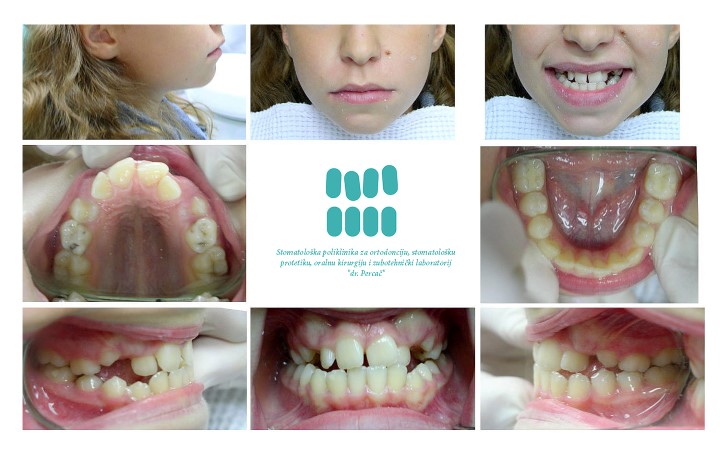
After
